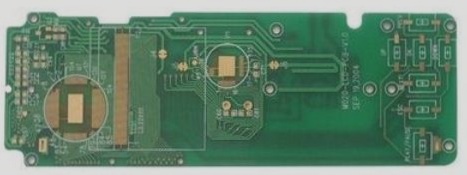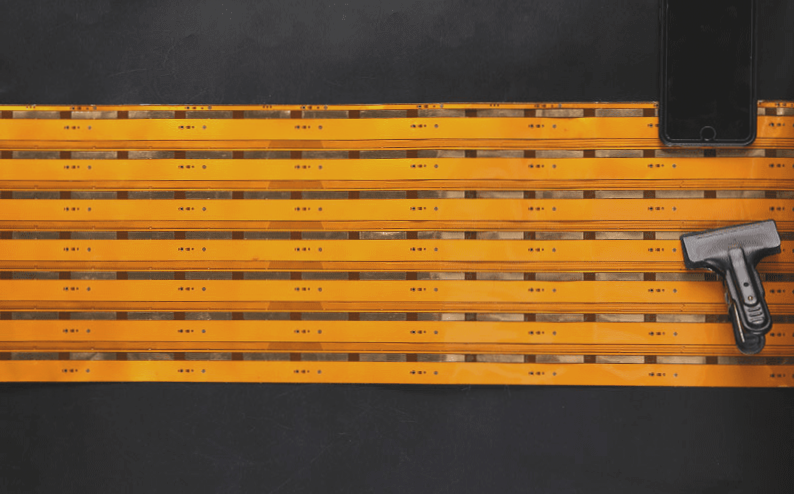PCB Circuit Board Industry Process Development
- An emerging trend in the PCB industry is the advancement of reflow soldering technology. Through-hole components can now be reflow soldered, a technique known as through-hole reflow soldering. This method offers the advantage of completing all solder joints in a single step, reducing production costs. However, reflow soldering is limited by temperature-sensitive components, leading to the development of selective soldering.
- Selective soldering, when combined with reflow soldering, provides a cost-effective solution for soldering remaining through-hole components. This approach is compatible with future lead-free soldering processes.
Process Characteristics of Selective Soldering
- Selective soldering differs from wave soldering by targeting specific areas of the PCB for solder wave contact, rather than immersing the entire board in liquid solder. This method prevents damage to nearby components due to the PCB’s poor thermal conductivity.
- Flux application in selective soldering is focused only on areas requiring soldering, unlike wave soldering, where flux is applied to the entire PCB. Understanding selective soldering technology is crucial for successful through-hole component soldering.
Selective Soldering Process
The selective soldering process involves flux spraying, PCB preheating, dip soldering, and drag soldering stages.
Flux Coating Process
Flux spraying is a critical step in selective soldering to ensure proper solder joint formation and prevent PCB oxidation. Various methods like micro-hole spray guarantee precise flux application, avoiding contamination of surrounding areas.
Preheating Process
Preheating in selective soldering aims to evaporate solvent, pre-dry flux, and achieve the correct viscosity before solder wave contact. The preheating temperature is determined by factors like PCB material thickness and component packaging.
Welding Process
Two primary selective soldering methods are drag soldering and dip soldering.

The Benefits of Selective Drag Soldering Process
- Single small solder tip used on a solder wave
- Ideal for soldering in tight spaces on PCB
- PCB moves across solder wave at varying speeds and angles
- Inner diameter of soldering tip kept below 6mm for process stability
- Solder tips installed and adjusted in different orientations
- Manipulator can approach solder wave from multiple directions
- Recommended tilt angle of 10° for most applications
- Better heat conversion efficiency compared to dip soldering
- Higher temperature solder wave necessary for optimal results
- Nitrogen introduced to prevent oxidation and enhance stability
Selective drag soldering process is a highly efficient method for soldering individual joints or pins on a PCB. By using a single small solder tip on a solder wave, this technique is perfect for working in tight spaces where traditional soldering methods may not be suitable. The PCB is moved across the solder wave at different speeds and angles, ensuring high-quality soldering.
To maintain process stability, it is crucial to keep the inner diameter of the soldering tip below 6mm. By adjusting the solder tips in various orientations, users can meet different soldering requirements with ease. Additionally, the manipulator’s ability to approach the solder wave from multiple directions allows for versatile soldering of various electronic components.
Compared to dip soldering, drag soldering provides better heat conversion efficiency, thanks to the movement of the PCB and the solder solution. However, it is essential to use a solder wave with a higher temperature to achieve the desired results. Introducing nitrogen in the soldering area helps prevent oxidation, reducing the risk of bridging defects and enhancing the overall stability and reliability of the drag soldering process.




